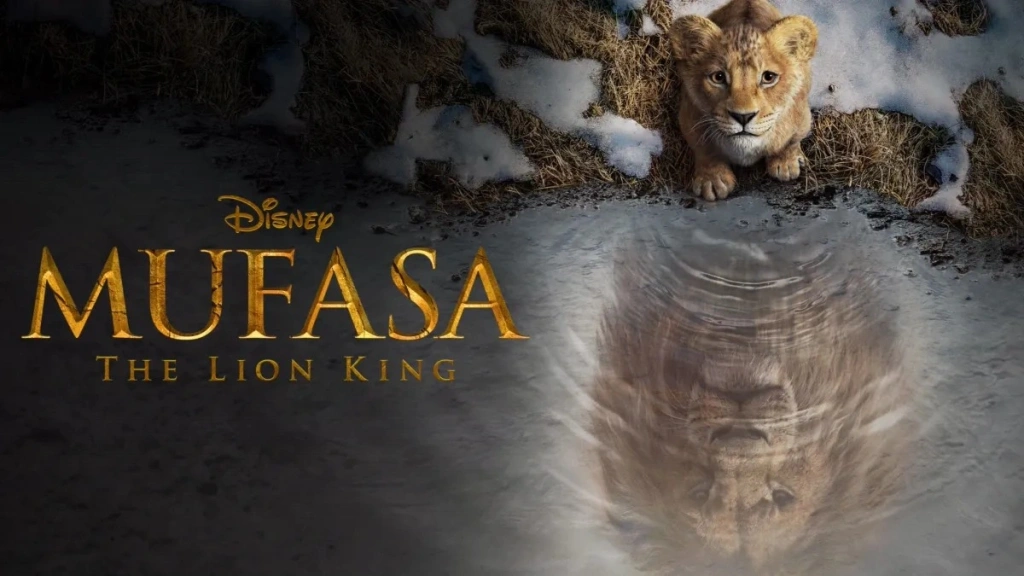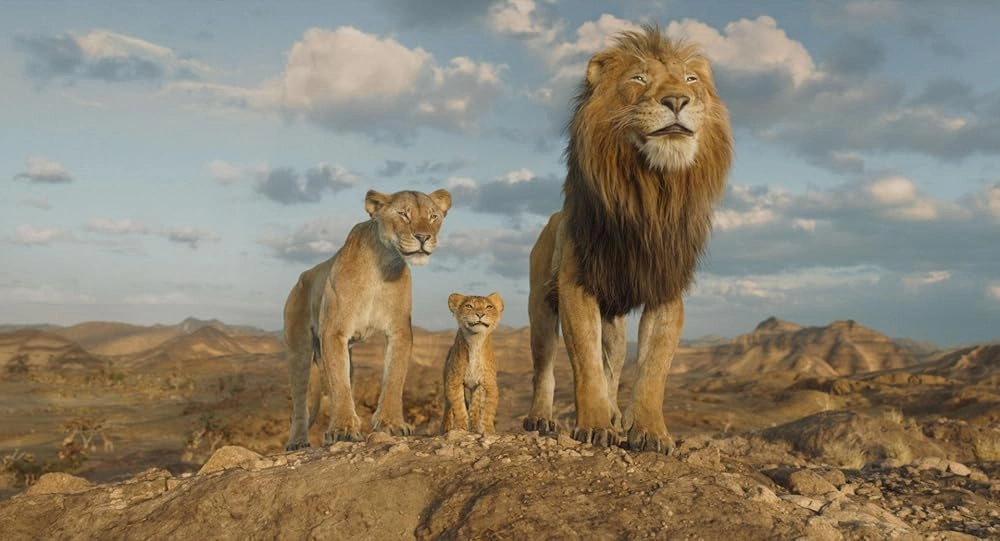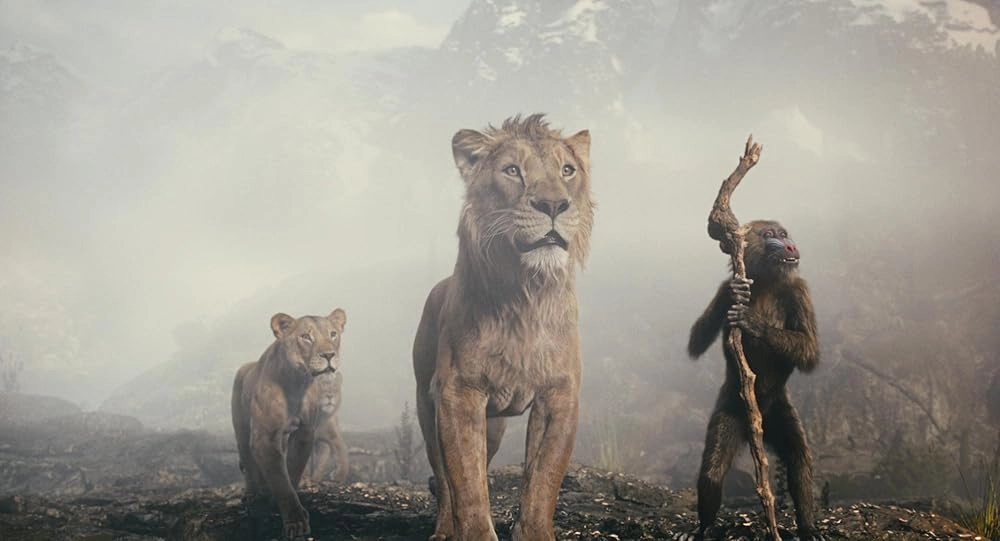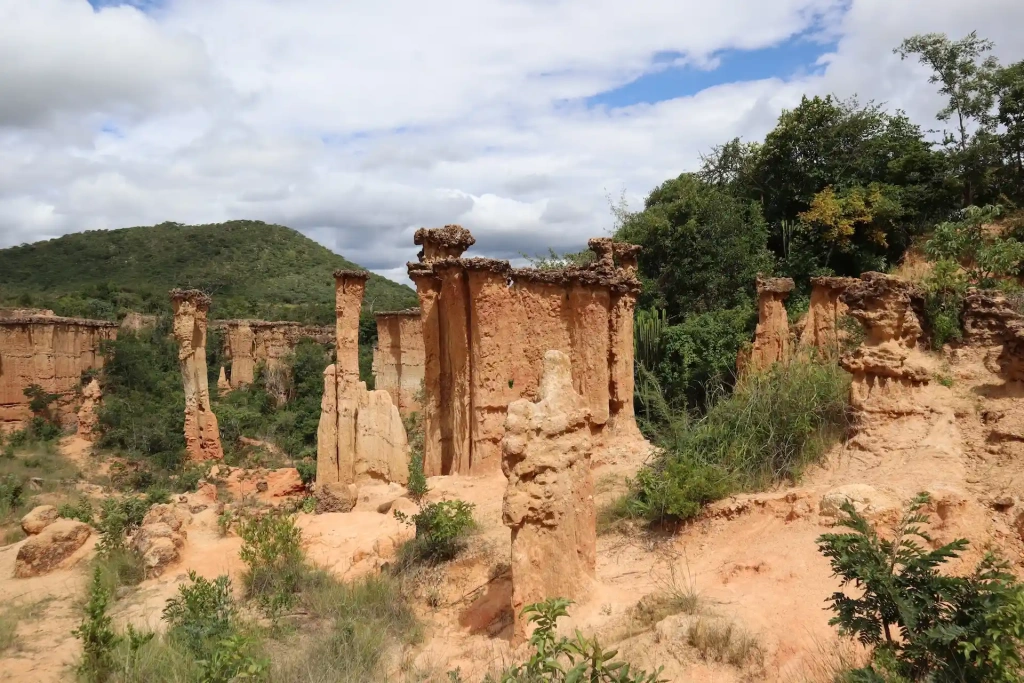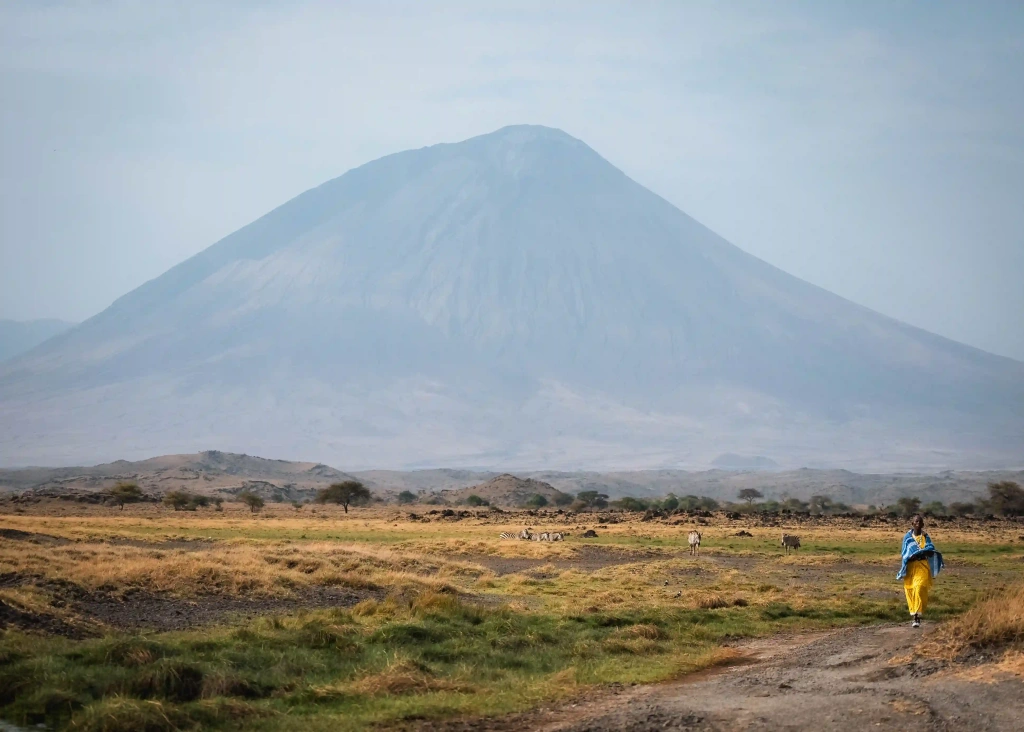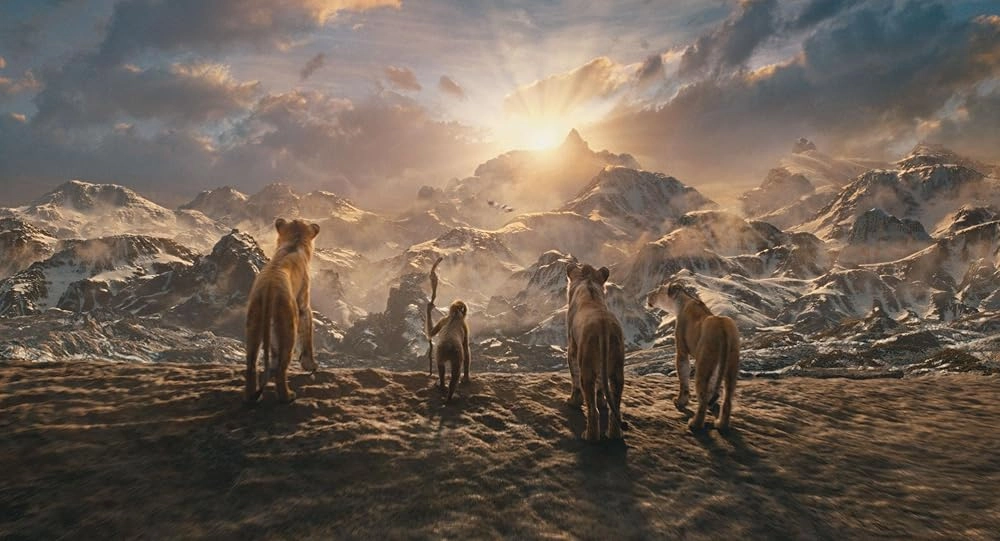The movie Mufasa: The Lion King, a computer-animated prequel to the classic The Lion King, explores the story of Mufasa and his half-brother Scar. This Lion King remake adventure film follows their journey across various African landscapes, culminating at Pride Rock.
A significant part of the story takes place in Tanzania. Let’s explore the real-life locations featured in Mufasa: The Lion King.
Spoiler alert: If you haven’t seen the movie yet, we recommend postponing reading this article.
From Namibia to Tanzania
The story opens in Namibia, within the remote and arid region of Kaokoland. This sparsely populated area is characterized by scarce water and rugged terrain, where even elephants adapt their behavior to preserve the fragile ecosystem, rarely breaking trees to conserve the sparse vegetation. These resilient elephants, capable of surviving up to four days without water, play a significant role in the movie's plot.
The adventure begins with a young lion cub, Mufasa, walking alongside his parents in a dry riverbed. Suddenly, a powerful flood bursts through, unleashing a torrent of water that topples an elephant and smashes through a blockage of rocks and trees. The force of the water carves a new path through the riverbed, sweeping Mufasa far away from his parents. This event sets the stage for his remarkable journey.
In the Okavango Delta, young Mufasa encounters another lion cub named Taka, who later becomes his half-brother and eventual rival, Scar. At this stage, however, the two form a strong bond of friendship. Together, they grow up in the savannahs of Botswana, guided by elder lions, until their peaceful life is disrupted by an invasion of wandering . Forced to flee once more, Mufasa embarks on a new journey, now alongside Taka.
The chase leads the lions to the majestic Victoria Falls, located on the border of Zimbabwe and Zambia. Once again, young Mufasa finds himself in water. The pursuers are relentless, forcing the two lions to keep running. Somewhere in Zambia, Mufasa and Taka meet a young lioness named Sarabi, who is also on the run from the white lions. Sarabi is accompanied by Zazu, a hornbill who acts as her scout and loyal companion.
Along the journey, the lions and the hornbill bird encounter a named Rafiki. But what is this primate doing so far from his natural habitat? Rafiki has been exiled from his group for practicing shamanism and his unsettling ability to prophesy. Now, he wanders across Africa, searching for his purpose. Eventually, the group finds themselves in Tanzania.
In Tanzania
The first Tanzanian location featured in the movie is the Isimila Canyon, known for its ancient sandstone pillars. This stunning area’s otherworldly beauty was further enhanced by the film’s artists.
Isimila — sandstone pillars at the bottom of a dry lake
In southern Tanzania’s Iringa region lies a sprawling valley carved by a canyon, the remnants of an ancient, now-dry lake once fed by rivers. Approximately 300,000 years ago, the water receded, gradually forming a deep ravine. At the bottom of the ravine, unique sandstone formations can be found — rocks composed of compacted grains of quartz and other minerals. Over millennia, the wind has sculpted these formations into striking, pillar-like shapes, some reaching heights of up to 30 meters (100 ft).
In the movie, Mufasa and his companions explore the ancient Isimila Canyon. However, the canyon appears larger, with the sandstone pillars towering higher than they do in reality. It is an artistic adjustment to enhance the cinematic appeal. Within the storyline, the canyon becomes the setting for a dramatic sequence. The protagonists are pursued by their enemies and seek help from a migrating herd of elephants. Chaos ensues as panic spreads among the elephants, leading to a stampede. The sandstone pillars collapse, and several characters narrowly escape harm amid the commotion.
Interestingly, in the real world, the Isimila Valley is not only known for its canyon but also for its significant archaeological discoveries. Excavations have revealed a Paleolithic human settlement where ancient people sought shelter in the local caves tens of thousands or even hundreds of thousands of years ago. The site is rich in stone tools, attributed by researchers to the Acheulean culture, offering a glimpse into early human life in the region.
Ol Doinyo Lengai volcano
The journey of the lions, the mandrill, and the hornbill continues, and shortly after leaving the canyon, they arrive near the Ol Doinyo Lengai volcano. Located in northern Tanzania near Lake Natron, this active volcano is home to thousands of flamingos and holds both natural and cultural significance. It is a popular destination for hikers and is deeply rooted in the traditions of the Maasai people, who believe that the god Ngai resides on the mountain.
As production designer Mark Friedberg explains, the barren landscape around the volcano is the most desolate part of Mufasa’s journey. The filmmakers used this setting to convey the characters’ emotions — their despair and exhaustion are mirrored in the dry, lifeless environment.
In reality, the area around the volcano has many beautiful spots: Lake Natron, stunning waterfalls, and authentic Maasai villages. If you’d like to take a tour of Ol Doinyo Lengai, we’d be happy to organize it for you.
Now, we return to the journey of young Mufasa. The most extraordinary part lies ahead — traveling through snowy landscapes in tropical Africa.
Mount Kilimanjaro…or Rwenzori?
Looking at a map of Africa, it’s clear the characters in the movie are nearing the end of their journey. As we know from the original The Lion King (1994), their destination is Pride Rock — a fictional location thought to be situated in southern Kenya, within Amboseli National Park or the nearby Chyulu Hills. From Tanzania, the group would only need to circle around Mount Kilimanjaro to arrive at this iconic setting.
But here’s where the geography takes an unexpected turn. The filmmakers were determined to place the characters in snowy highlands, high up in the mountains, something Kilimanjaro alone couldn’t offer on that scale. To make this happen, production designer Mark Friedberg and director Barry Jenkins made a bold move. They relocated the long Rwenzori Mountain Range, which stands on the border between Uganda and the DRC, to Kilimanjaro’s location. This allowed Mufasa, Taka, their friends, and even their pursuers to find themselves amidst towering snowy peaks.
After traversing mountains, snow, and freezing temperatures, the five travelers finally arrive at the destined location of Pride Rock. However, this lies beyond the borders of Tanzania, and we wouldn’t want to spoil the epic finale. So, we’ll conclude our journey here, wrapping up this overview of the Tanzanian landscapes that played a role in the story of Mufasa's rise to becoming the King of the Pride Lands.
If you’re inspired to conquer the real summit of Kilimanjaro — the highest point in Africa — we invite you to join an expedition. There won’t be avalanches or blizzards, and knee-deep snow isn’t guaranteed, but you’ll have your own unforgettable adventure on the “Roof of Africa,” and we’d be delighted to organize it for you.
Let us know in the comments if you enjoyed the new Lion King movie and whether you’re looking forward to a sequel!
All content on Altezza Travel is created with expert insights and thorough research, in line with our Editorial Policy.
Want to know more about Tanzania adventures?
Get in touch with our team! We've explored all the top destinations across Tanzania. Our Kilimanjaro-based adventure consultants are ready to share tips and help you plan your unforgettable journey.















